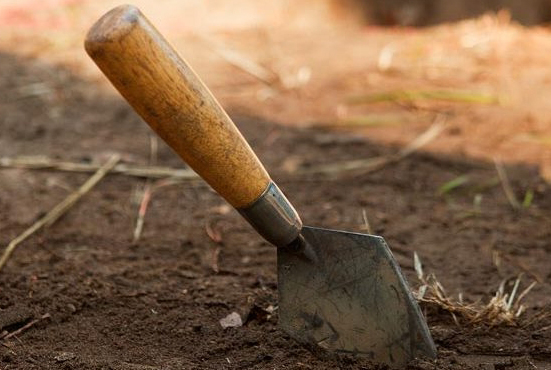An archaeology trowel is one of the most iconic tools in the archaeologist’s toolkit. Though it looks simple—often just a small, flat-bladed hand tool—it plays a critical role in delicate excavations and uncovering the past. Using an archaeology trowel properly requires skill, patience, and attention to detail. Whether you’re a beginner or simply curious, this guide explains how to use an archaeology trowel effectively in the field.
What Is an Archaeology Trowel?
An archaeology trowel is not just any garden trowel. It is specifically designed for the delicate process of excavating archaeological sites. The most popular brand among professionals is the Marshalltown trowel, known for its strength and precision. These trowels usually have a pointed blade made of stainless steel and a comfortable handle for extended use.

Why Use a Trowel in Archaeology?
The purpose of the trowel is to remove soil carefully and slowly, layer by layer, so that artifacts, features, and soil changes can be detected and recorded. It allows archaeologists to:
-
Scrape thin layers of dirt to reveal features
-
Maintain a clean, flat excavation surface
-
Avoid damaging fragile artifacts
-
Detect subtle color or texture changes in soil (known as stratigraphy)
Step-by-Step Guide: How to Use an Archaeology Trowel
1. Grip the Trowel Correctly
Hold the trowel with a firm, but relaxed grip. Your dominant hand should be on the handle, with your thumb and fingers comfortably wrapped around it. The blade should point away from your body at a shallow angle. Your non-dominant hand can be used to steady the soil or hold a dustpan or bucket.
2. Position Your Body
Kneel or squat close to the ground. This gives you better control and visibility. Many archaeologists use a kneeling pad to reduce strain. Working from the edge inward ensures you don’t step on the area you’re excavating.
3. Use the Blade for Scraping, Not Digging
Rather than stabbing into the soil, use the flat part of the blade to scrape away thin layers of dirt. This helps maintain control and allows you to notice any changes in soil texture, color, or embedded artifacts.
Short, horizontal strokes—usually from back to front—are ideal. The goal is to slowly expose what’s beneath, not to dig deeply or quickly.
4. Maintain a Flat Surface
In excavation, keeping a flat and even floor in your trench or unit is crucial. It helps with recording and interpreting the site. Use the edge of the trowel like a scraper, removing thin slices of soil and leveling the surface as you go.
5. Watch for Changes in Soil
Pay close attention as you scrape. Subtle changes in color or soil composition might indicate a new layer (stratum) or the presence of a feature like a pit, post hole, or hearth. Stop to document these changes before proceeding.
6. Clean the Area Frequently
Use a brush or dustpan to clear away loose soil as you work. This prevents buildup and keeps your workspace tidy, making it easier to spot artifacts and features.
7. Don’t Rush
Excavation is slow and careful work. Rushing can result in missed features or damaged artifacts. The trowel is a precision tool, and its value lies in how gently and accurately it’s used.
Tips for Success
-
Keep your trowel sharp. Many archaeologists file the edges to help cut through compacted soil.
-
Work in good light. Changes in soil color and texture are easier to see in proper lighting.
-
Take breaks. Long hours in the field can be tiring; avoid fatigue to stay focused and careful.
-
Practice. Like any skill, using a trowel effectively takes time and experience.
Conclusion
Learning how to use an archaeology trowel is a fundamental skill for any aspiring archaeologist. It requires more finesse than force, more patience than speed. By mastering this humble yet essential tool, you’ll be better equipped to uncover the secrets buried beneath the surface—one layer at a time. Whether on your first dig or your fiftieth, the trowel remains a trusted companion in the quest to understand human history.
Post time: Aug-07-2025






